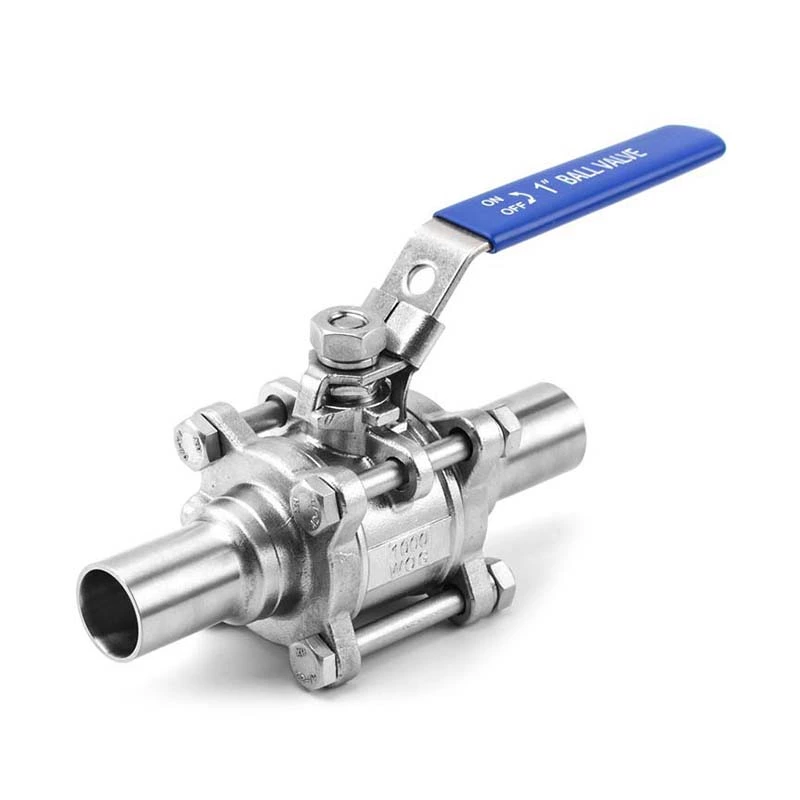What Are The Structures And Characteristics Of Fluorine-lined Ball Valves?
Sanitary Ball Valve is a designed ball valve, the part of which that contacts the medium uses polytetrafluoroethylene (PTFE, commonly known as Teflon) or other fluoroplastic materials as lining. This material has excellent chemical stability and corrosion resistance, making it an ideal choice for fluid control under many harsh working conditions. So do you know what are the structures and characteristics of fluorine-lined ball valves?
Structure and characteristics of fluorine-lined ball valves:
The main structure of fluorine-lined ball valves includes ball, stem, valve body and fluoroplastic lining. Among them, the thickness of fluoroplastic lining is generally between 1~3mm, covering the ball and sealing surface to form a corrosion-resistant layer, which effectively isolates the direct effect of corrosive media on metal parts.
Performance advantages of fluorine-lined ball valves:
Electrical insulation: good isolation effect for conducting current, increasing the usability.
Anti-aging: Fluoroplastic materials have excellent and UV resistance, and are not easy to age and crack.
Strong corrosion resistance: Fluoroplastic lining can resist most acid, alkali and salt solutions, extending the life of the valve.
Low friction coefficient: The lining material is smooth, which reduces fluid resistance and is easy to operate.
Wide temperature range: It can be used in a temperature range from low temperature to about 260°C, with strong adaptability.
Fluorine-lined ball valves may also be equipped with structures such as reinforcing ribs to enhance the overall mechanical strength and stability.
